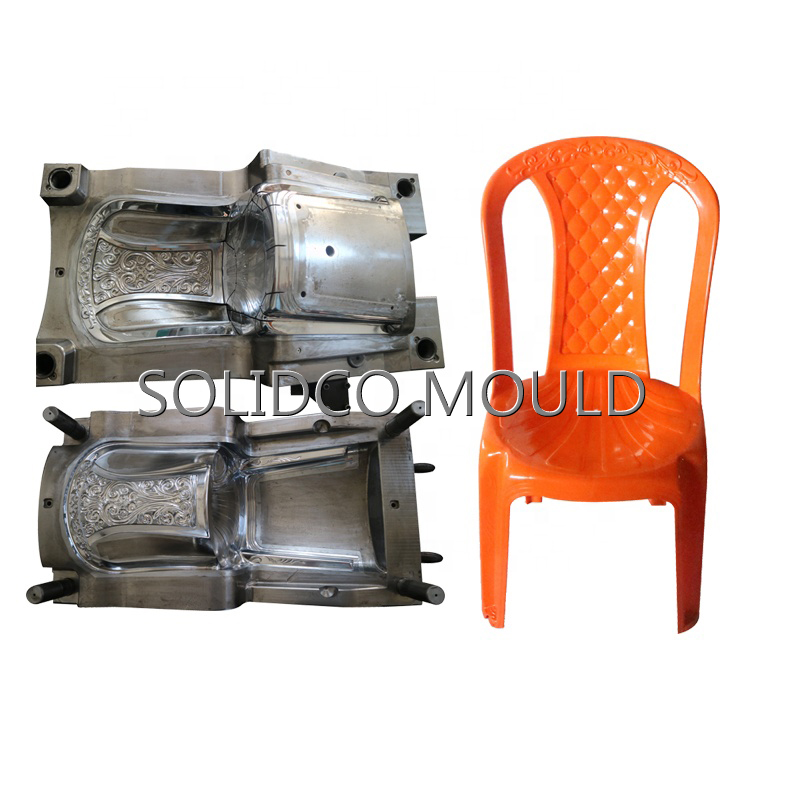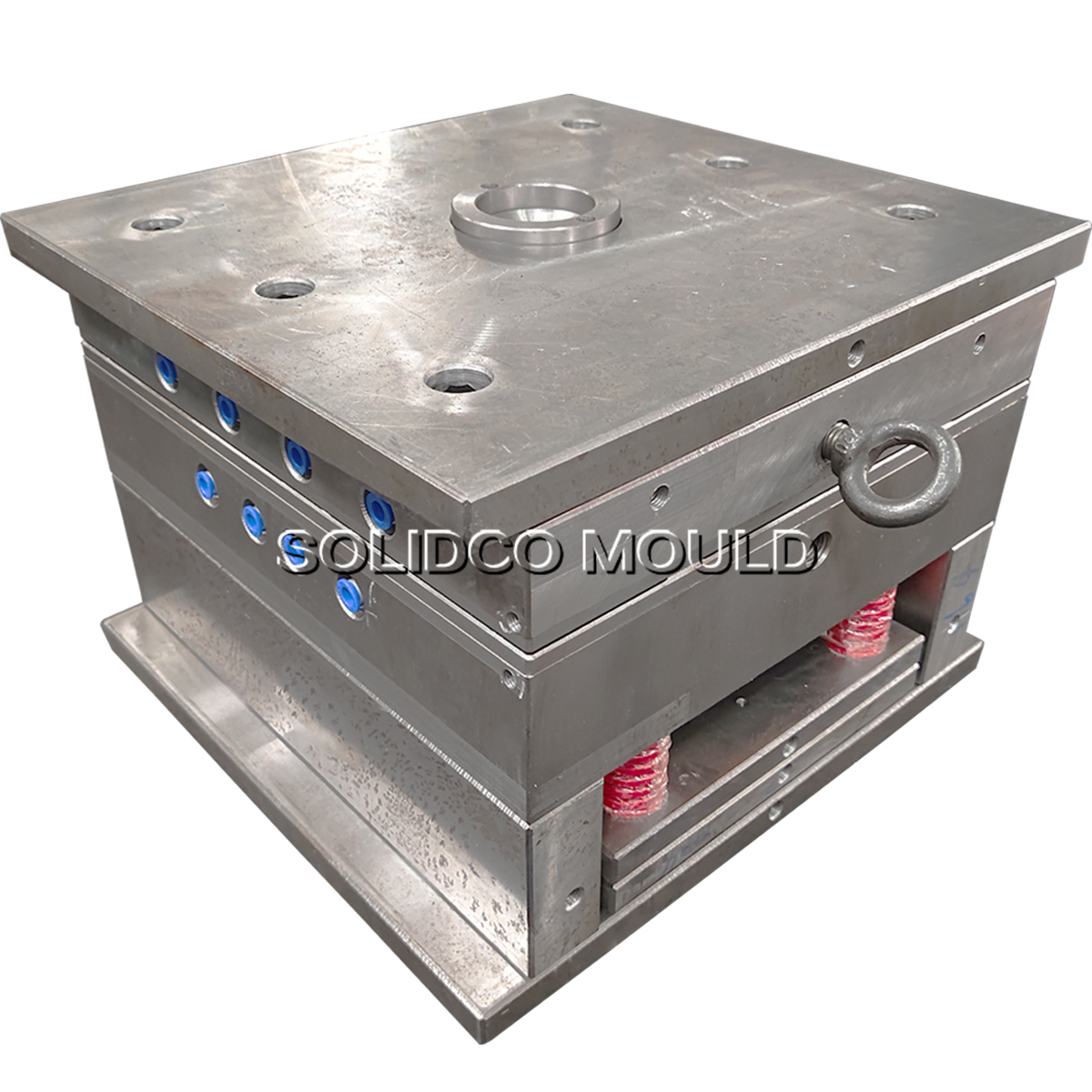I believe who use SOLIDWORKS know that our hard work is all so that the final parts can flow smoothly in the application scenario and be completed in one go. At the software level, we continue to optimize functionality and ease of use to reduce the workload of engineers.
But from design to reality, you still need to find the manufacturing tools and processes that suit you. For most manufacturing companies, optimizing every step from prototype to finished product manufacturing is the key to improving efficiency and competitiveness.

Additive manufacturing
3D printing, commonly known as 3D printing, has gained popularity in the past decade and is widely used by small and medium-sized enterprises in various industries.
Its low-cost, high-efficiency manufacturing brings more possibilities to the manufacturing industry with its continuous breakthroughs in technology, and it is also regarded as an indispensable part of Industry 4.0. Today, 3D printing technology has become a cost-effective manufacturing alternative for producing hundreds of thousands of end-use parts.
Additive manufacturing is a general term for a manufacturing method. As the name suggests, the main method is to add solid or liquid materials and shape them into the designed shape through physical heating or chemical reactions. 3D printing is divided into several subdivision technologies based on different molding methods and materials.
Communication model makes component production more precise
Using 3D printing technology, the true three-dimensional geometry of parts and assemblies can be easily replicated. Establishing a communication model can better convey the complexity in 2D drawings, avoid costly mistakes and save time.
Compared with the traditional production model, from mold opening to finished product, only a standard two-dimensional drawing is required, and the precision of the components is not overly particular. When producing complex parts, 3D printing technology can avoid confusion and misunderstandings caused by skilled and experienced machine operators due to drawing problems, and solve the problem of unqualified parts that are difficult to put into production.
3D communication models also facilitate mutual communication between engineers and contract manufacturers. Engineers want to ensure that the contract manufacturer fully understands the part geometry, while manufacturers want to find opportunities to reduce costs while meeting product requirements. Using a shared physical model allows both parties to synchronize information, even when rapid action and iteration occurs later in the DFM/A adjustment process.
In-house printing reduces production cycle and outsourcing costs
Traditional manufacturing processes, in-house production of components such as jigs, fixtures and tools, are costly and require skilled operators, making it difficult to achieve a reasonable return on investment.
If you choose outsourcing, you need to produce in large quantities and have a long delivery cycle. If you find any problems or areas for improvement after putting them into use, you will need to restart the process or rework, which will affect the production schedule.
“By outsourcing to a traditional machining service provider, we would have had to wait another six weeks to start production. With 3D printing, it is simply possible to take the same design, send it to the printer, and have it ready the next morning Finished product.”
Make the process of producing customized products easier
Manufacturers create custom parts, which can be costly to traditional manufacturing processes such as machining or forming because the part geometry can be complex.
△AMRC’s custom 3D printing filament spools made specifically for carbon fiber manufacturing applications
In a project, the Advanced Manufacturing Research Center (AMRC) of the University of Sheffield implanted high-precision, high-speed, autonomously moving carbon fiber layers into robots.
The failure occurred because the joint of the L-shaped bracket that secures the robot’s compressed air gripper began to bend. If it is re-customized, the payment from mold opening to finished product is expensive and time-consuming, which is obviously impractical.
3D printed end-of-arm grippers made with Formlabs Durable Resin are used to precisely and repeatedly place carbon fiber layers as part of the composite manufacturing process.
Engineers have developed a new 3D printing design (pictured above) that avoids these problems and is simple to manufacture in a much shorter time than traditional prototyping processes such as machining. Engineers built and tested multiple iterations of the gripper, resulting in a design that performed better than previous weldments and machined parts.
Advanced manufacturing processes often require customized components (custom part aligners, feeders, and end-of-arm tooling) to ensure quality and maximize uptime. Custom geometries perform better than off-the-shelf solutions and are able to pass 3D printing is done quickly in-house.
Save manufacturing inspection costs
In the final stages of product design, it is critical to evaluate and de-risk the manufacturability of each part and component. Today, many engineers are finding 3D printing an invaluable tool for a variety of manufacturing verification applications, such as creating short-cycle, low-cost tooling, building custom test fixtures, or creating other components for testing manufacturing processes .
3D printed parts are often used as surrogate parts that can be used to accurately simulate part geometry, steps in the assembly process, or other characteristics of a product during its manufacturing process.
Replacement parts have two typical advantages: first, they enable an assembly or production line to be up and running immediately without having to wait for components with long lead times; second, they prevent expensive components from being damaged or damaged while implementing the process.
3D printing tools can also help determine whether a specific part geometry is suitable for the final material without having to invest in permanent process equipment, which often comes with higher costs and longer lead times.
SLA resin can be used to easily create 3D printed injection molds, vacuum forming patterns, wax injection molds and investment casting patterns, allowing engineers to conduct low-risk testing of new parts and products by creating quick tools or patterns in-house.
The molding process for new wearable devices is complex due to the multiple injection molding processes and the delicate nature of electronic products themselves. Rather than molding around a fully populated circuit board, the team at ATAP realized they could 3D print parts that matched the board’s geometry.
This means they can use low-cost 3D printing during implementation instead of expensive PCBs, giving the manufacturing team more room to perfect the molding process and avoid wasting tens of thousands of dollars worth of assembled electronics.
Directly print products with performance advantages
The use of 3D printing as a final manufacturing process for components is one of the newest and fastest growing application areas. Advances in materials science, production scheduling software and automation are making 3D printing more cost-effective than traditional manufacturing processes, especially for products produced in high quantities and in low quantities.
This technology is also suitable for products that require a high degree of customization, or products where unique geometries achieved through 3D printing have performance advantages.
Contact Person: Alex Chu
WhatsApp/ WeChat: 0086 18968677763
Email: sc10@solidcomould.com
Website: www.solidcomould.com
